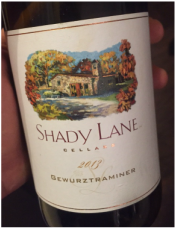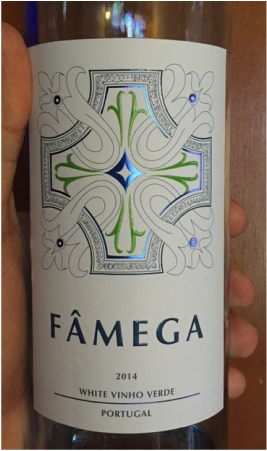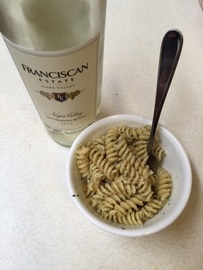It's a white wine, but it's a red(ish) grape.
What's going on here?
Pinot gris, sometimes called the 'grey grape' is pressed lightly and not fermented on it's greyish purple skins. 'Gris' actually means grey in French. In Italy, the grape is known as Pinot grigio and a different style is produced with the same grape.
The French style, Pinot gris, is one where the wine is full-bodied with powerful flavors. This somewhat creamier style is a result of lees contact, or dead yeast cells staying in contact with the wine. Over time, this gives the wine its richer and more nuanced flavors.
The Italian style, most prevalent in Italy's northern foothills, is a crisp, lean and often citrusty white that does not experience contact with the lees after fermentation.
Pair these wines with white meats, such as poultry and fish. Poultry spices and earthy vegetables are also excellent companions.
Further discussion of the major styles of Pinot gris: http://winefolly.com/review/3-types-pinot-grigio/
Gris vs. grigio: http://winefolly.com/review/whats-the-difference-between-pinot-gris-and-pinot-grigio/
What's going on here?
Pinot gris, sometimes called the 'grey grape' is pressed lightly and not fermented on it's greyish purple skins. 'Gris' actually means grey in French. In Italy, the grape is known as Pinot grigio and a different style is produced with the same grape.
The French style, Pinot gris, is one where the wine is full-bodied with powerful flavors. This somewhat creamier style is a result of lees contact, or dead yeast cells staying in contact with the wine. Over time, this gives the wine its richer and more nuanced flavors.
The Italian style, most prevalent in Italy's northern foothills, is a crisp, lean and often citrusty white that does not experience contact with the lees after fermentation.
Pair these wines with white meats, such as poultry and fish. Poultry spices and earthy vegetables are also excellent companions.
Further discussion of the major styles of Pinot gris: http://winefolly.com/review/3-types-pinot-grigio/
Gris vs. grigio: http://winefolly.com/review/whats-the-difference-between-pinot-gris-and-pinot-grigio/




 RSS Feed
RSS Feed